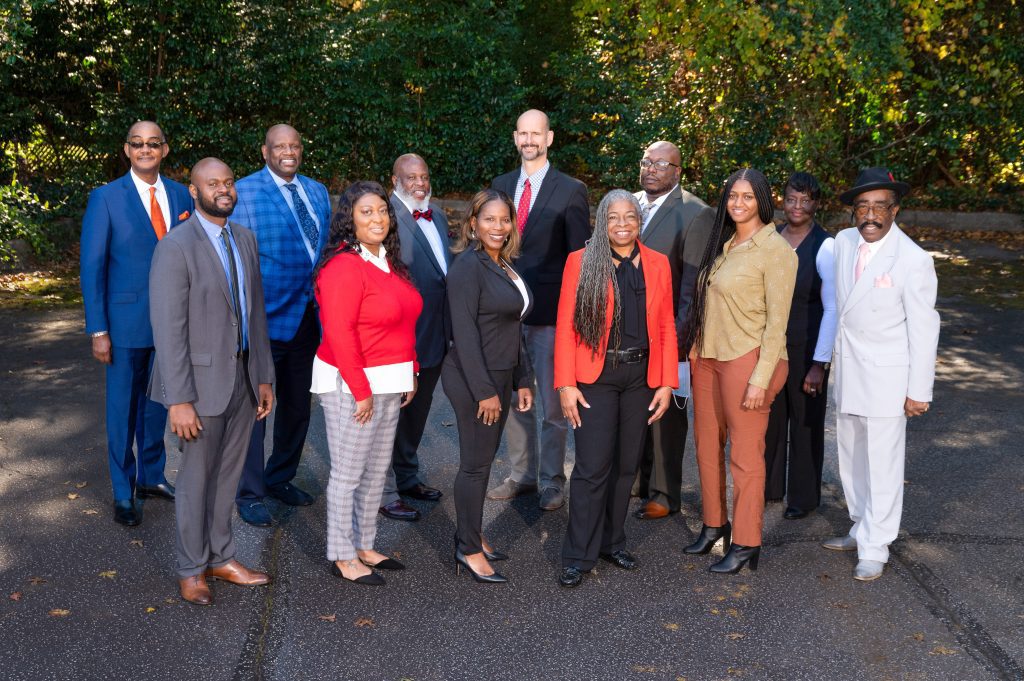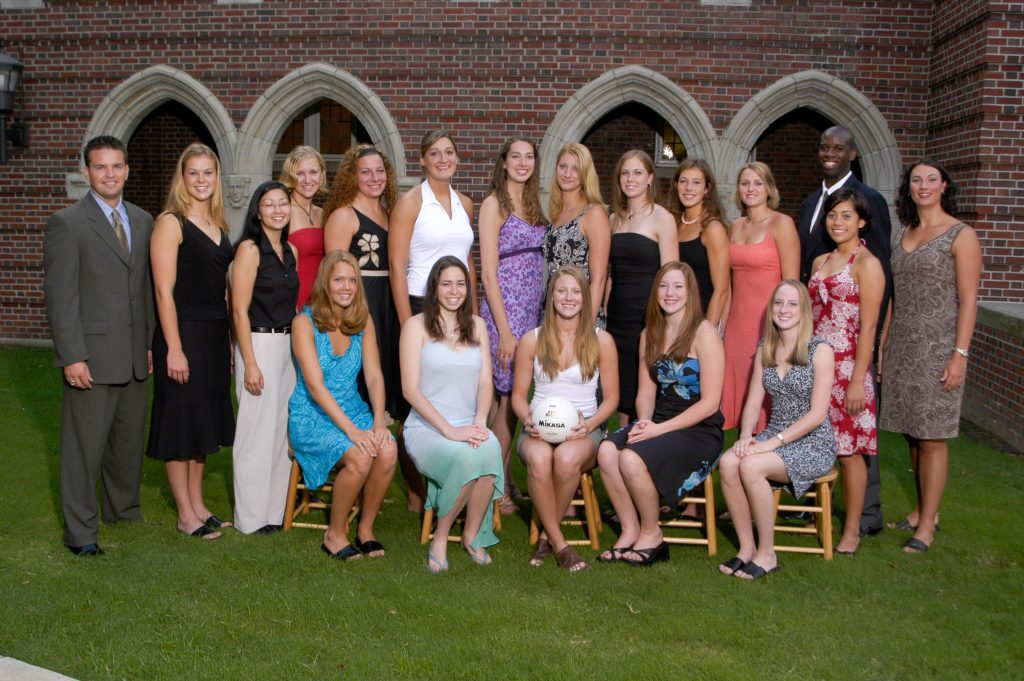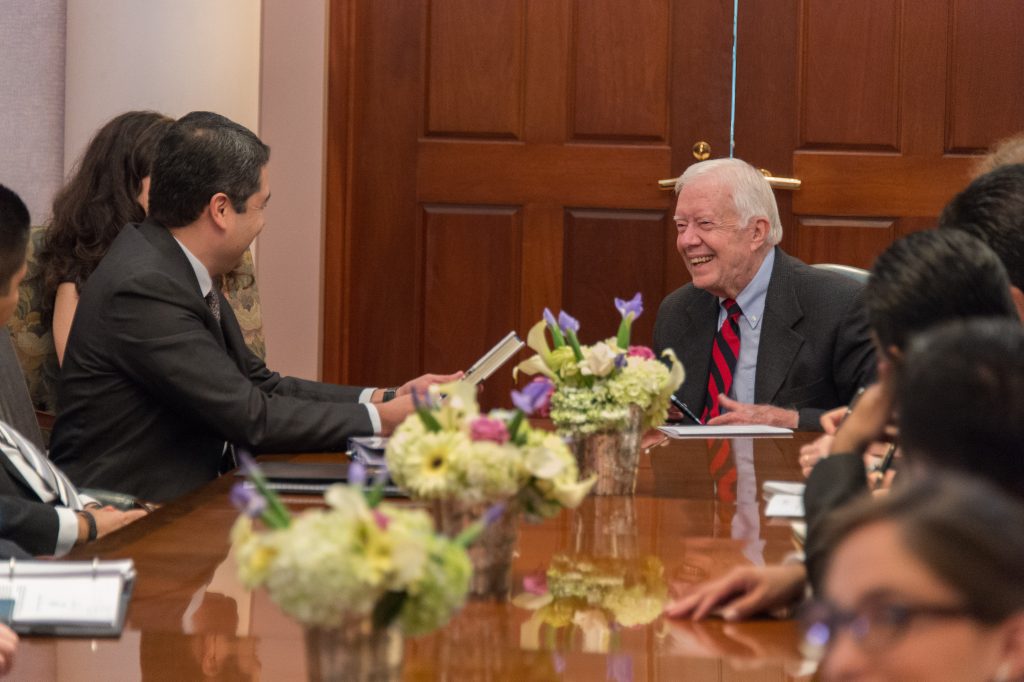In the realm of photography, there is a hidden ingredient that distinguishes extraordinary photographs from merely good ones: the ability of photographers to feel the emotional moments they capture genuinely. The art of connecting with emotions brings pictures to life, allowing viewers to experience the essence of a decisive moment. In this blog post, we delve into the profound impact of feeling the moment and provide valuable insights for photographers seeking to evoke emotions through their lens. Join us on this captivating journey as we unlock the key to capturing powerful emotions in your photography.
- The Role of Empathy: Empathy forms the foundation of emotional photography. We explore how photographers can put themselves in the shoes of their subjects, cultivating a deep understanding of the emotions being experienced. By empathizing with their issues, photographers create a bridge that enables them to capture authentic and impactful images.
- The Power of Observation: Observation is an art form within photography. We delve into the significance of keenly observing the world around us, paying attention to the subtleties of interactions, body language, and expressions. Through sharpened observational skills, photographers can anticipate and immortalize those fleeting moments that carry profound emotions.
- Personal Reflection: To develop emotional depth in their work, photographers must embark on a journey of self-reflection. We explore the importance of exploring personal emotions and experiences, as this self-awareness allows photographers to connect with the feelings of others. Discover how introspection and mindfulness can transform your photography into a powerful medium of expression.
- Active Engagement: Authentic connections can make all the difference in photography. We encourage photographers to actively engage with their subjects and environment, initiating conversations and building rapport. By fostering a comfortable atmosphere, photographers create the space for genuine emotions to unfold and be captured in their rawest form.
- The Art of Mindfulness: Mindfulness practices can elevate your ability to be present at the moment. We delve into the benefits of deep breathing exercises and mindful meditation, helping photographers clear their minds and establish a profound connection with the emotions around them. Learn how mindfulness can transcend technicalities, allowing you to capture fleeting yet powerful moments.
- Analyzing Emotionally Powerful Photographs: We take a closer look at emotionally impactful photographs from renowned photographers and talented individuals. Engage in open discussions about the emotions each image evokes and discover the techniques employed to connect with the moment. Through analyzing powerful photographs, you’ll gain a deeper understanding of the emotional power of photography.
- Personal Projects and Growth: Embrace personal projects as a catalyst for growth. We discuss the importance of exploring themes that resonate with you, such as love, joy, grief, or resilience. By embarking on personal projects, photographers can connect with their emotions and express them authentically through their photographs.
- The Power of Feedback: Constructive feedback fuels progress. We emphasize the significance of receiving regular feedback on your work. Discover how to identify instances where emotions are powerfully conveyed and explore techniques or approaches that can be further developed. By fostering a supportive environment encouraging experimentation, photographers can continually evolve their ability to evoke emotions through their lens.
Click on the image below for larger images
Conclusion: Unveil the secret to capturing powerful emotions in your photography by feeling the moment yourself. As you embrace empathy, observation, personal reflection, active engagement, mindfulness, personal projects, and feedback, your photographs will transcend technical proficiency, evoking authentic emotions in viewers. Join us on this transformative journey and become a master at harnessing the raw power of emotions through your lens.







































